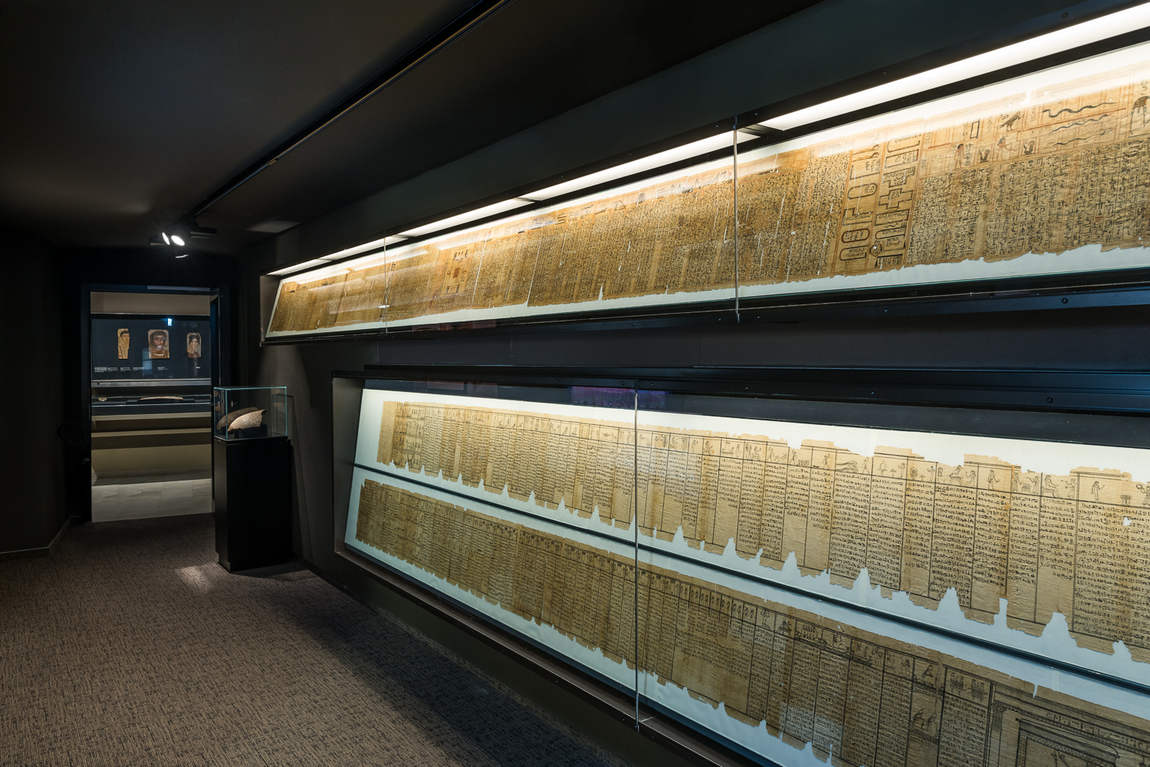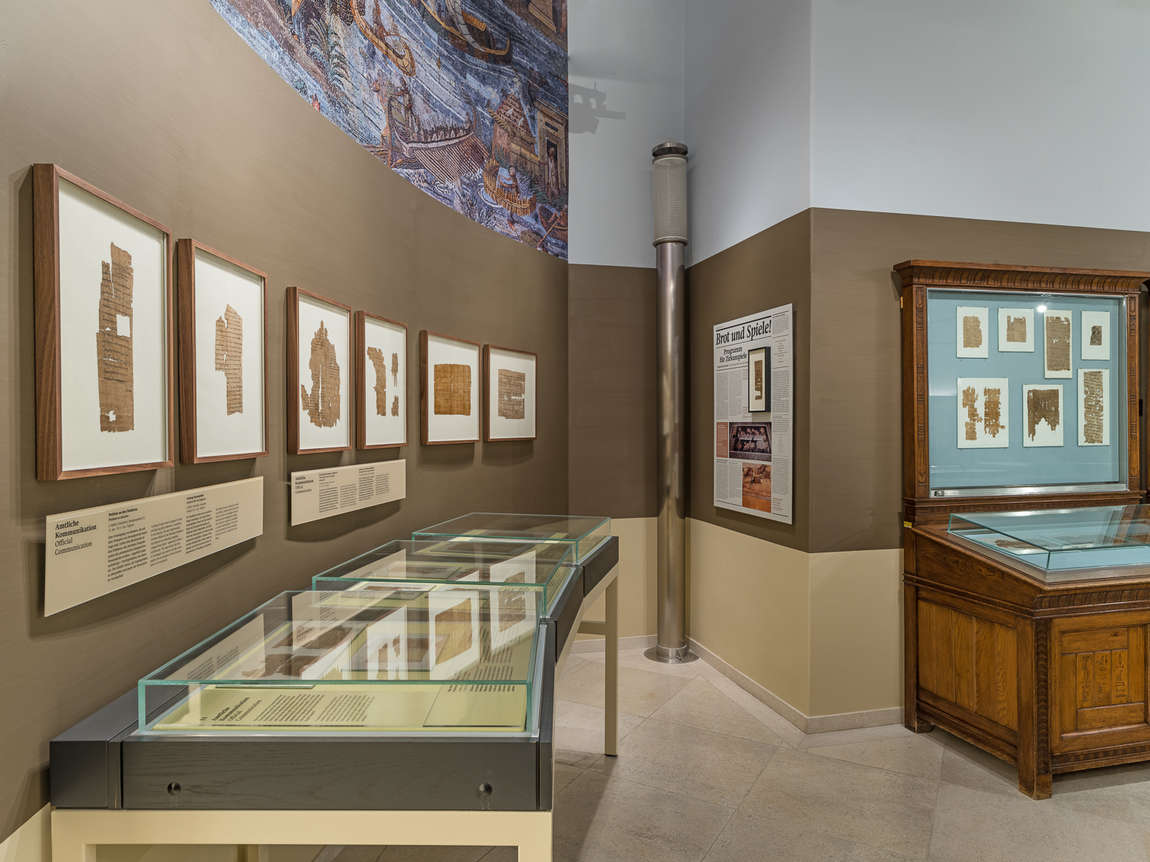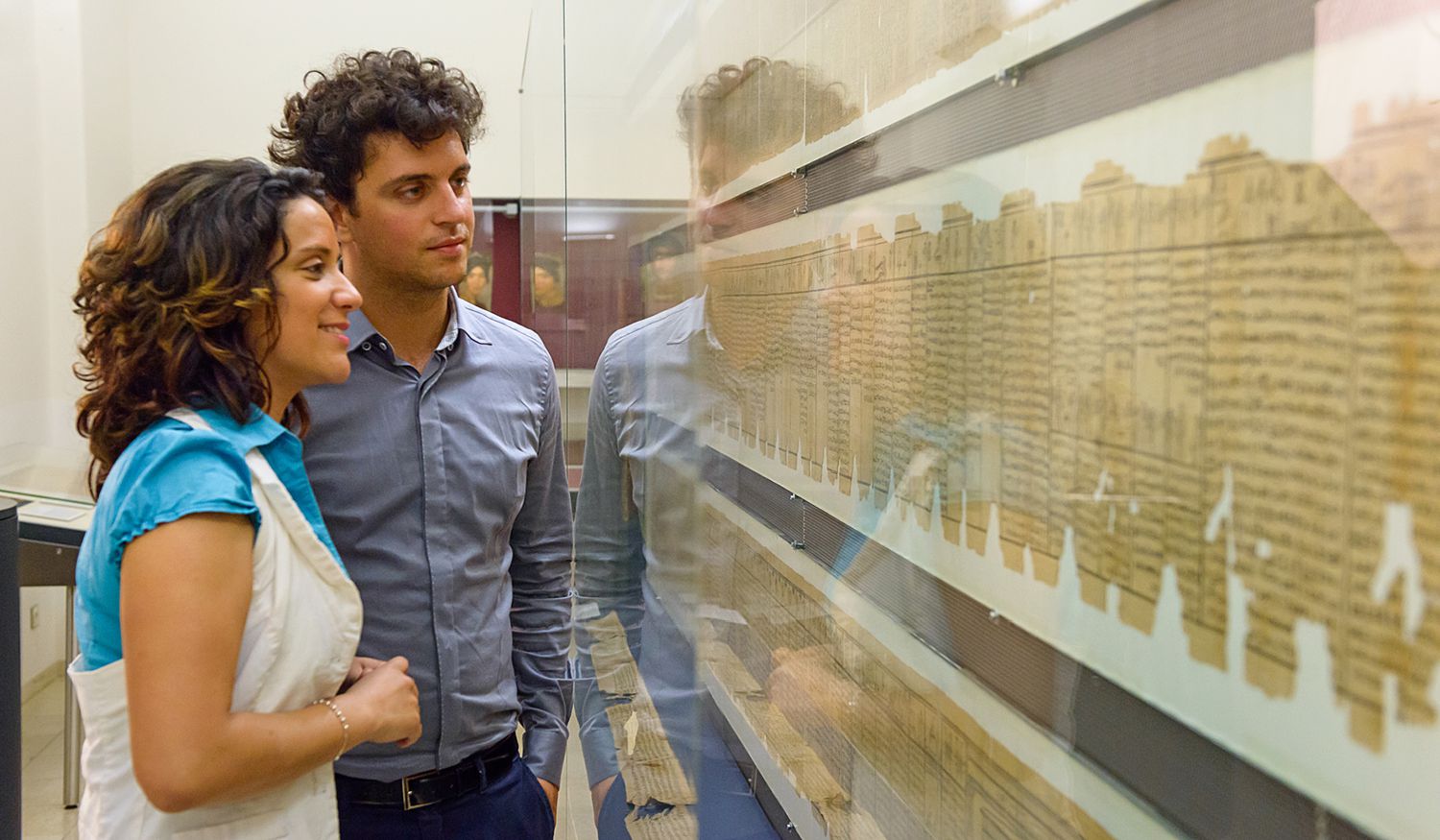Papyrus is an Egyptian invention. But the largest museum dedicated to this ancient writing material is not in Africa, but in Europe. If you are on holiday in Vienna with children, take a break from the palace complexes and visit the Papyrus Museum in the Palais Neue Burg. Younger students will be glad to be in a modern school and not an ancient Egyptian one: it is not easy to learn the huge number of hieroglyphs and to draw each symbol carefully.

The history of the museum began at the end of the 19th century when Archduke Rainer Ferdinand of Austria acquired a collection of papyri found in Fayyum. Within a decade and a half, the collection had grown to some 100,000 pieces. The Viennese orientalist and historian Josef von Karabaczek analysed and systematised the papyrus collection in order to trace the long history of ancient Egypt.
The Vienna Papyrus Museum holds some truly unique documents. The most valuable items in the museum are fragments of the Book of the Dead, extracts from the Histories of the Roman historian Gaius Sallustius and parts of Euripides' Orestes. Other papyri, although not famous at all, can be very interesting. For example, a piece of papyrus depicting a scorpion is an amulet designed to protect the wearer from its sting. The pebble with a hole resembling a label on a product is in fact a label — such as were attached to mummies (note that in addition to papyrus, the museum has samples of ancient Egyptian writing on stone and wood). In the display cases you can see drawings, including large painted ones.


But most of the papyri are covered with text. Most of the inscriptions are in Egyptian - you can see how hieroglyphics were replaced by hieratic and demotic writing over time. There are also documents in ancient Greek, Latin and Arabic. The exhibition is also fascinating because it gives a picture of everyday life in an ancient state.
As well as literary texts, there are receipts, invoices, business letters and even a papyrus on which a young Egyptian did his homework. Even fragmentary sentences provide insights into the country's culture, the relationship between medicine and magic, the role of religion and what was on Egyptian tables 4,000 years ago.
There are currently some 180,000 items in the collection of the Papyrus Museum in Vienna. About 200 papyri are on permanent display.
Next to the museum there are two other smaller exhibitions, the Esperanto Museum and the Globe Museum.











